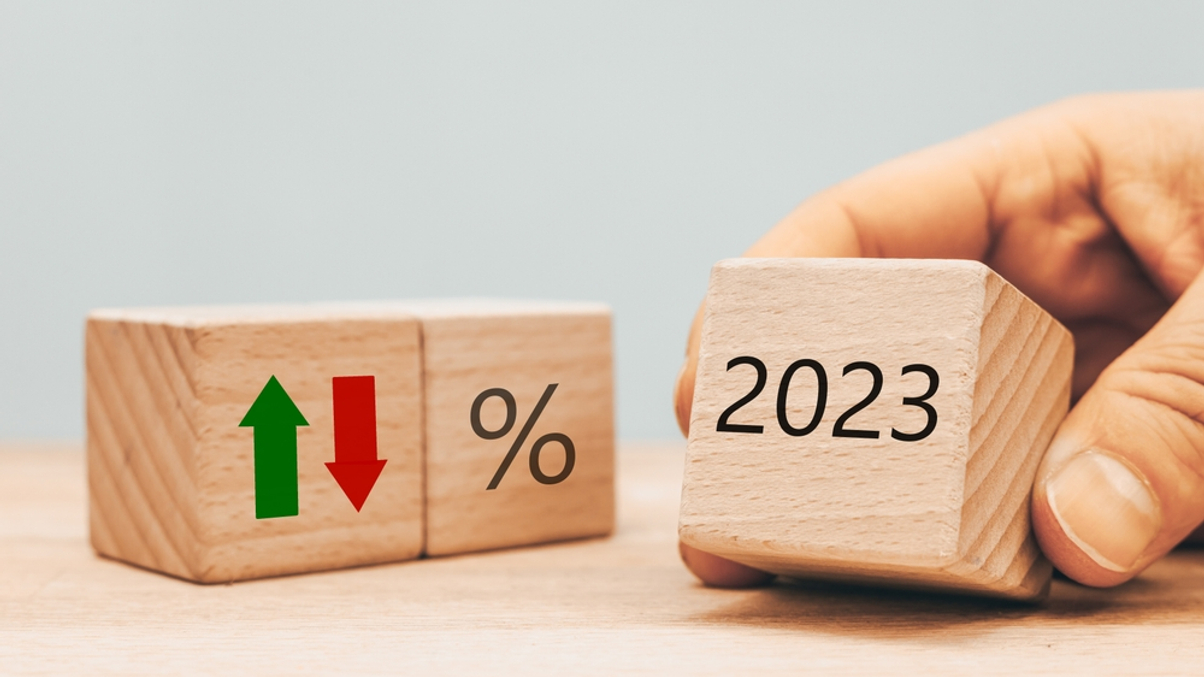Top sovereign wealth funds dial back on investments in 2023
Global sovereign wealth funds cut back on investments in 2023, but there was a shift in sentiment towards emerging markets as highlighted by Global SWF in its annual report, issued on new year's day.

Leading state-owned institutions (SOIs) globally invested more in emerging markets than in any other region in 2023, with particular interest in China, Indonesia, Brazil and especially, India. That's according to research and consultancy firm Global SWF, whose annual report was released on January 1.
Sign in to read on!
Registered users get 2 free articles in 30 days.
Subscribers have full unlimited access to AsianInvestor
Not signed up? New users get 2 free articles per month, plus a 7-day unlimited free trial.
¬ Haymarket Media Limited. All rights reserved.


